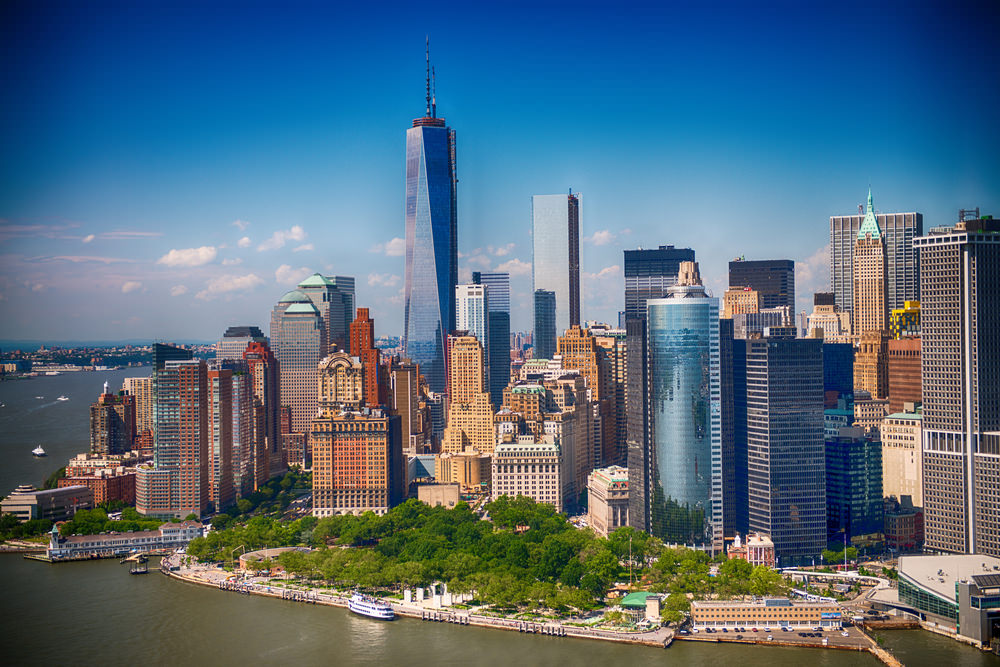With the attacks on New York City having taken place little over 15 years ago, one can still walk around the city and see the changes that the attacks created. Not only did the attacks forge partnerships between the local community and government, but it also brought together the private and not-for-profit sectors to create the Lower Manhattan that we know today. To that end, here is a look at a few of the changes that have been brought to Lower Manhattan since the attacks.
Demographic Changes
Since the 2000, the population of Lower Manhattan went from 22,700 people to 49,000 in 2014. The age of residents has shifted since the attacks, as well, with 77 percent of the population being under 45-years-old and the number of children tripling since 2000.
The number of college educated individuals living in Lower Manhattan has also increased, with the neighborhood claiming a far more educated population than the average fort he city. In fact, while only 14 percent of individuals in he city has at least a graduate degree, the same is true for nearly 40 percent of those living in Lower Manhattan. Not surprisingly, this level of higher education is also reflected in incomes, with 33 percent of Lower Manhattan’s households making at least $200,000. Across the city, the same is true for just 7 percent of households.
Real Estate Changes
Real estate has also experienced a transformation since 2000. In fact, the number of residential housing units in the neighborhood has doubled since that time. By 2015, the number of residential units in the neighborhood was around 30,000. Commercial real estate has also experienced a change since the 2001 attacks, at which time 15 million square feet of office space was lost in Lower Manhattan. By 2013, however, more than 9 million square feet was added back.
Employment and Residential Services
Employment in Lower Manhattan has also grown since the 2001 terrorist attacks. On average, the private sector has seen employment grow by an average of 2.6 percent since the Great Recession ended. Last year, the neighborhood reported 228,300 jobs, which is the highest level it has reached since one year after the attack. Some of these employment changes can be seen within the financial sector, with that sector accounting for more than half of the jobs in the neighborhood. By 2015, it accounted for only one-third of the area’s jobs while jobs not related to the financial sector increased by more than one quarter.
The media hub is one area that has seen growth, with two major publishing companies – Conde Nast and Time Inc. – moving to Lower Manhattan. As a result, the sector has experienced 39 percent growth since 2012. Health care and social services has also experienced growth since 2000, with the sector more than tripling since that time and now accounting for 24,100 jobs. Meanwhile, small businesses have also experienced a boom with their numbers doubling since 2000.

